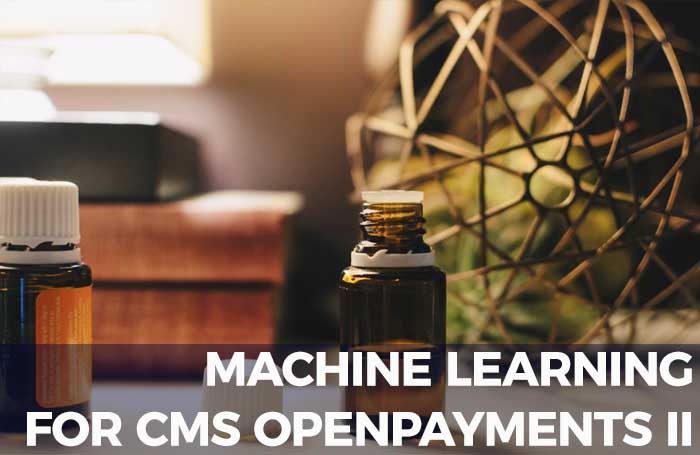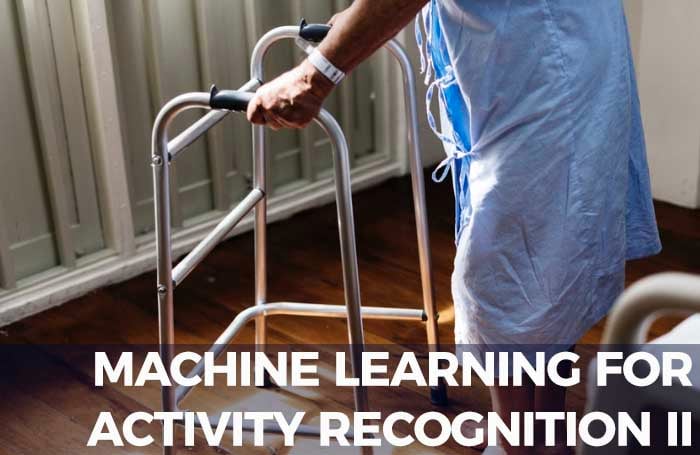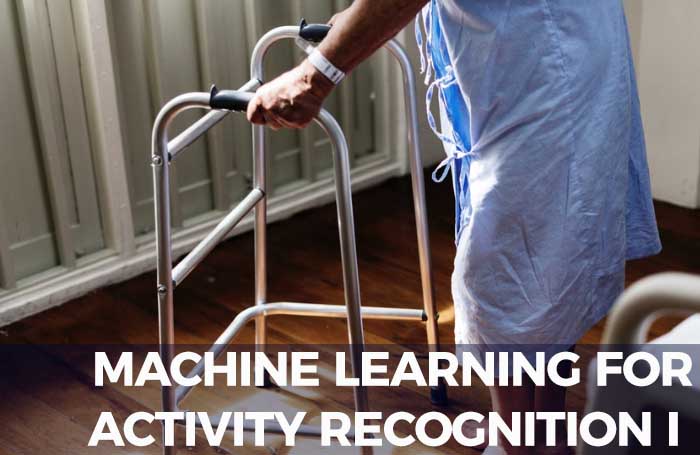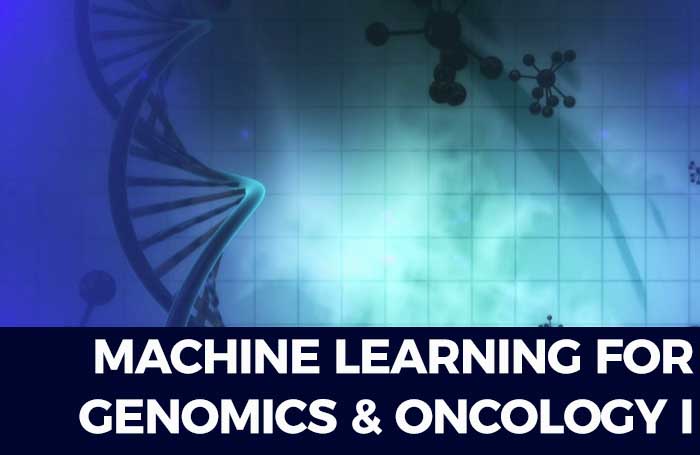Machine Learning in Genomics & Cancer Treatment
When I first arrived in the RxDS (RxDataScience) Headquarters here in the Research Triangle Park as a Machine Learning researcher, I was informed that my first task would be to ‘Redefine Cancer Treatment’. As I’m sure you can understand, coming from a scientific background my curiosity levels were sky high. I was told that the key to bringing personalized medicine to cancer could be found within the genomes of cancer patients. Therein lies a multitude of mutations and variants, with some being benign passengers in this journey and others the core malignant drivers of the cancer itself (McFarland, Mirny and Korolev, 2014). Successfully interpreting these mutations and variants, using either traditional methods or contemporary data science solutions could lead to new treatments with each giving patients with the same underlying causes a fighting chance to overcome their individual cancers.
(more…)






